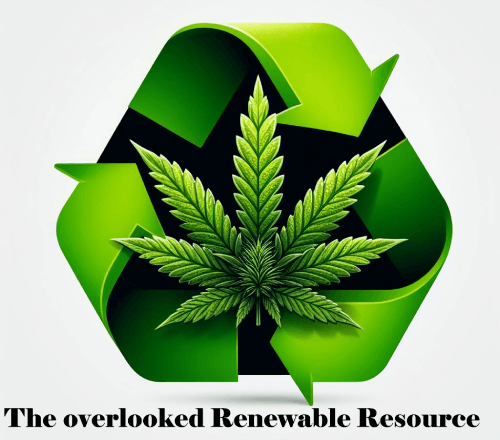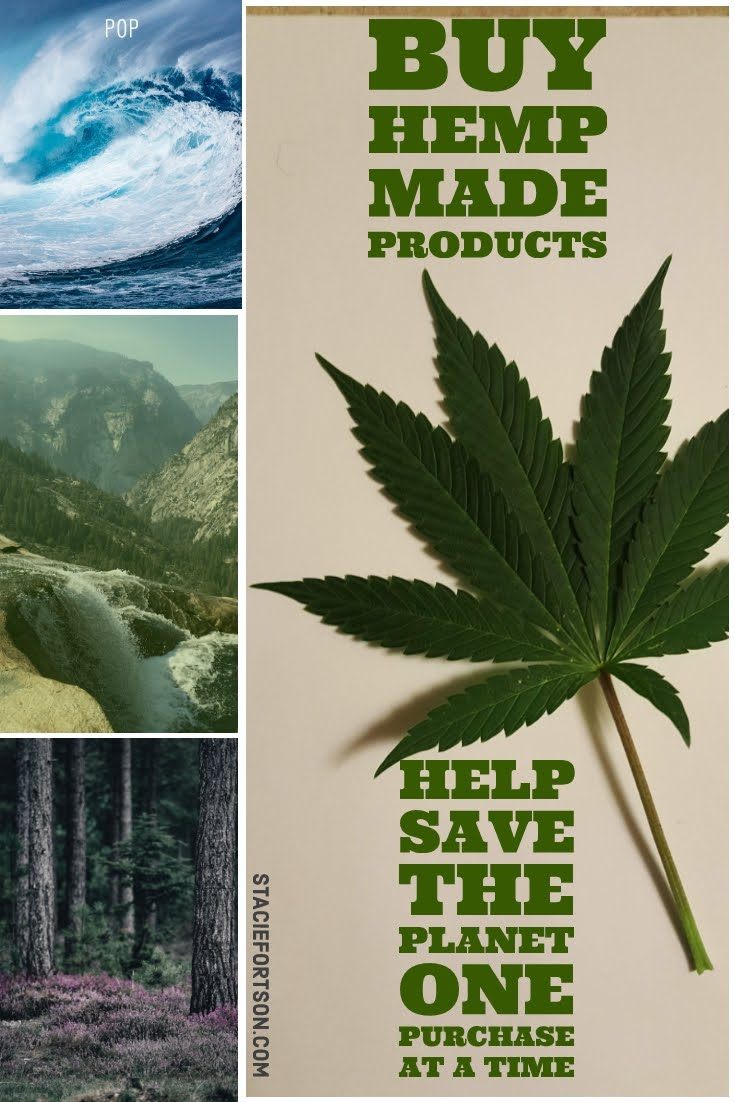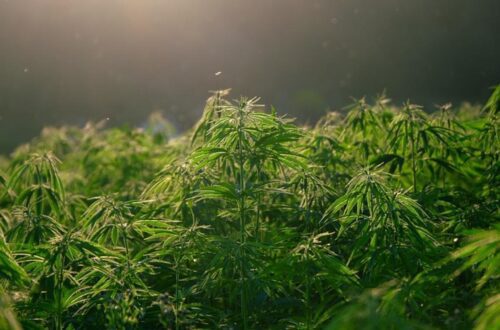
You may have encountered the term ‘industrial hemp’ and wondered what it entails. Known for its hardy growth and minimal need for fertilizers or pesticides, industrial hemp is a sustainable crop that opens up a world of environmental opportunities. Unlike other crops, hemp can thrive in a variety of climates with a relatively low water footprint, making it a remarkable candidate for ecological farming practices.
Its applications are diverse, in fact, hemp has the potential to reshape many facets of our daily lives. Imagine replacing traditional wood products with hemp to decrease deforestation, or considering biofuels derived from it as a cleaner energy option.
Even plastics, a significant pollutant, could be replaced with hemp-based bioplastics that break down naturally. These possibilities only scratch the surface of how hemp products can contribute to environmental sustainability.
Now, it’s crucial to dispel any confusion between industrial hemp and the variety used for CBD production. While they’re from the same plant family, Cannabis sativa, their purposes and growing conditions are distinctly different.

Industrial hemp is cultivated for fiber, seeds, and oil, and potentially used in a multitude of products, whereas CBD hemp is primarily for medicinal and therapeutic benefits. They’re different cultivars, with industrial hemp having lower concentrations of THC, the psychoactive compound, and is thus non-intoxicating.
Understanding this difference helps provoke a shift in perception. The image of hemp is often unfairly tied to its psychoactive relatives, overshadowing its incredible potential for positive environmental impact.
It’s high time that hemp’s reputation is reevaluated, embracing its virtues and positioning it as an innovative force for sustainable products.
Hemp for Sustainability: Beyond Traditional Uses
Industrial hemp may be the unsung hero in our quest for environmental sustainability. Its potential extends well beyond the fabric and food industries where it’s frequently mentioned.
Hemp offers a compelling, renewable substitute for more commonly used materials that come with a heavy environmental toll.
Take wood products, for instance. The demand for paper, construction materials, and furniture contributes to deforestation, a leading cause of habitat destruction and climate change. Hemp can be harvested for fiber within just a few months and used for all of those products, as opposed to the decades it takes for trees to mature. This lightning-fast growth cycle makes it a high-yield, low-impact alternative.

Focusing on fuel, the search for renewable energy sources is intensifying. Hemp can be converted into biofuels which burn cleaner than fossil fuels, reduce carbon emissions, and offer a biodegradable option. This positions hemp as a serious contender in the future energy mix.
Then there are plastics. Traditional plastics are derived from non-renewable petroleum and take centuries to break down if it ever does. Hemp-based bioplastics, on the other hand, decompose within years and can be continuously regrown, alleviating both depletion of raw materials and pollution.
These few examples underscore the versatility of hemp in industries where environmental impacts are most profound. From textiles to building materials and biofuel, the integration of hemp is a step towards a more sustainable and responsible consumption pattern.
Global Hemp Dynamics: Learning from Leaders
As I take a closer look at the global landscape of industrial hemp, it becomes clear that China and Europe aren’t just participating in this market; they are trailblazers shaping the future of hemp production.
Their extensive cultivation and innovation in hemp fiber technology set them a class apart, and rightly so, their advancements lay the groundwork from which others can learn. China, in particular, with its long-standing history of hemp usage, has developed sophisticated processes for extracting and refining hemp fibers.
But what is it that makes the leaders in the hemp industry so successful? For one, it’s the investment in research that fosters continual improvement of cultivation methods and product development.
Europe waves a flag of quality with its strict regulations governing hemp cultivation, ensuring not only sustainability but also top-grade products that other nations desire. The US gets its raw and processed hemp from Europe, why are we not growing this ourselves?
Meanwhile, in Asia, China commands a significant share of the textile market, vesting itself as an indispensable supplier of hemp fibers on a global scale. Why is the US not in competition for this?

This leadership illuminates the urgency for the U.S. in particular to consider how it can broaden its horizons. Historically, hemp production in the States has been encumbered by regulation and misconception. Before those days, the US was a leading provider of hemp, hemp was legal tender even.
However, recent legislative changes signal a growing acknowledgment of hemp’s potential beyond misunderstood associations. In embarking on this journey, there’s more than economic gain at stake – there’s the possibility of leading the charge in an environmental crusade.
As I transition to the final section of this discussion, keep in mind the broader perspective. The hemp industry is flourishing abroad, and as the U.S. and other nations aspire to harness this growth, the potential for positive environmental impact scales exponentially.
We are standing before an opportunity to balance industrial needs with ecological responsibility. The initiative to cultivate a domestic market isn’t just a matter of national pride but a shared commitment toward a sustainable future.
The New Hemp Horizon: Embracing Change Across Nations
As I wrap up this discussion, it’s essential to underscore the critical role industrial hemp plays in our quest for a sustainable future. The US, while currently trailing behind China and Europe in the Industrial Revolution, homes enormous potential to transform its agrarian landscapes into productive hemp havens.
While the US does lead the way with medical cannabis, the focus really needs to shift and put the spotlight on industrial hemp. We can do so much more with hemp than just make CBD and other cannabinoid products.
Industrial hemp offers more than a mere economic uptick; it represents a significant stride toward carbon sequestration, reducing our ecological footprint on the planet. By integrating this powerhouse plant into various industries, we not only diversify our economy but also foster a greener world standard.
It’s not just about one country taking the helm. The environmental challenges we face are universal, and they necessitate a collective response. Every nation has a part to play in the burgeoning Hemp Industrial Revolution, for the choices we make today will shape the well-being of our global community tomorrow.

Industrial hemp isn’t a magic bullet, but its potential to revitalize industry and the environment alike is undeniable. As nations consider the legacy they wish to leave for future generations, embracing industrial hemp can be a significant part of that promise; a gesture towards sustainability, resilience, and environmental stewardship.
In conclusion, it’s imperative for all nations to recognize the value that industrial hemp brings to the environmental table. We stand at the cusp of a new era, one that harmonizes economic growth with ecological balance, and hemp is poised to be one of the heralds of this green renaissance.
As always, thanks for stopping by and reading my article. I hope you find it educational and inspiring. Join the Industrial Hemp Revolution! Shop and vote for Hemp!
>>>>YOU CAN SHOP QUALITY HEMP PRODUCTS HERE <<<<
Stacie Fortson, GGWHSF
Resources:
https://www.ers.usda.gov/amber-waves/2020/june/hope-for-hemp-new-opportunities-and-challenges-for-an-old-crop/#:~:text=Europe continues to supply raw,hemp producer as of 2019.
https://www.cannabisbusinesstimes.com/article/projections-us-leads-in-global-hemp-cultivation/



